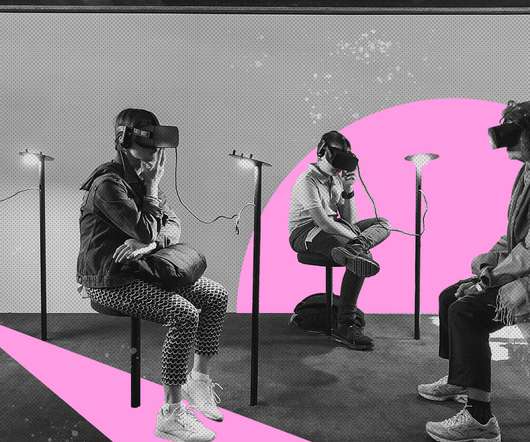Telehealth and COVID-19: The Global Rise of Telehealth and Advances in Digital Health Technology in the Post COVID-19 World
Yet2
MAY 28, 2020
COVID-19 has catapulted global telehealth to the forefront of medical care, flourishing with new and existing technologies ready for healthcare workers to use in a serious effort to combat this deadly virus in a preventative manner. A study which reviewed insurance claims data from 2005-2017 from a large private U.S.































Let's personalize your content